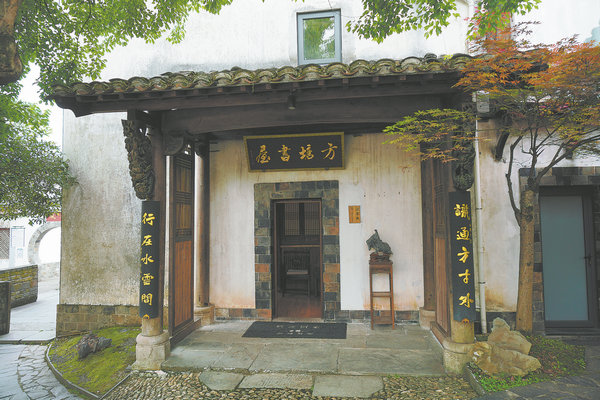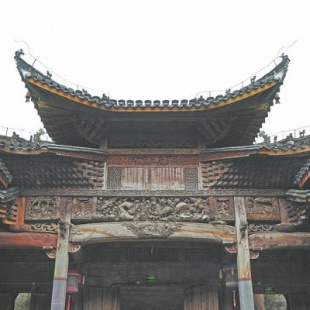Protection takes precedence
To safeguard thousands of historical structures, villages and authorities work to renovate and transform heritage, Xu Lin reports in Shangrao, Jiangxi.


The county allocates 8 million yuan ($1.12 million) annually to subsidize the repairs of heritage sites including ancient buildings, post roads, bridges and tombs, boosting villagers' participation in preservation efforts.
"Private capital is also welcome in protecting Wuyuan's heritage structures. Villagers can have lease agreements with tourism enterprises, retaining ownership while transferring usage rights. Companies like to invest in transforming the whole village into a minsu cluster," says Xu Yu, Party secretary of Wuyuan county's cultural heritage conservation center.
She says the humid, sweltering air and relentless termite infestations are harmful to the structures. They must be repaired regularly but the cost is high for some villagers. Some mansions have multiple owners in one family, making it difficult to coordinate with one another to renovate vacant houses.
"Funding makes renovations possible, and alterations must be approved by authorities. Such utilization can boost preservation," she says.
During the fourth national census on cultural relics in China, the county systematically documented ancient Huizhou-style mansions and identified new heritage sites, such as ancient post roads and bridges. These findings confirmed Wuyuan's role as a transportation hub of ancient Huizhou, linking the trade roads in Anhui, Jiangxi and Zhejiang provinces.





































